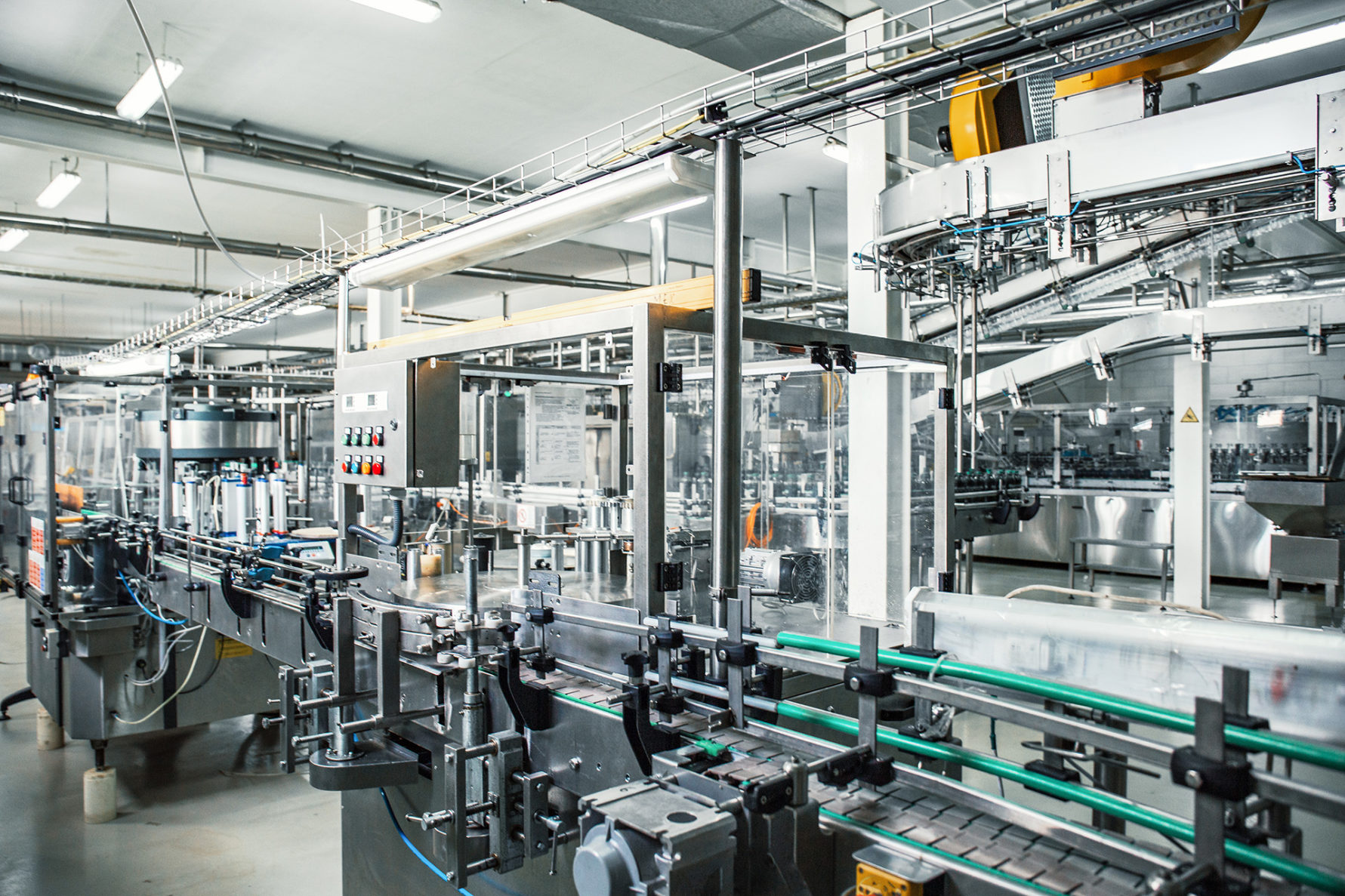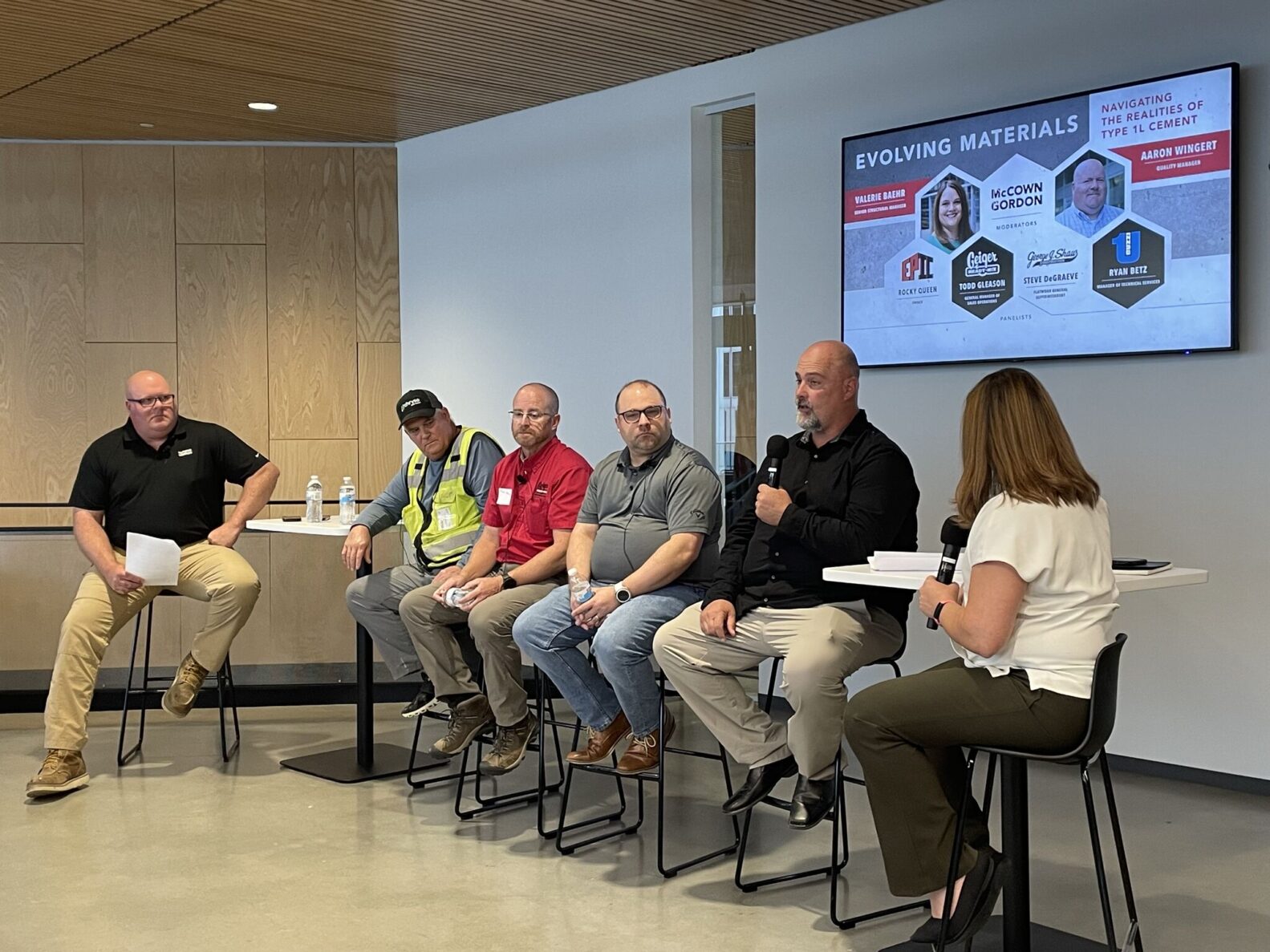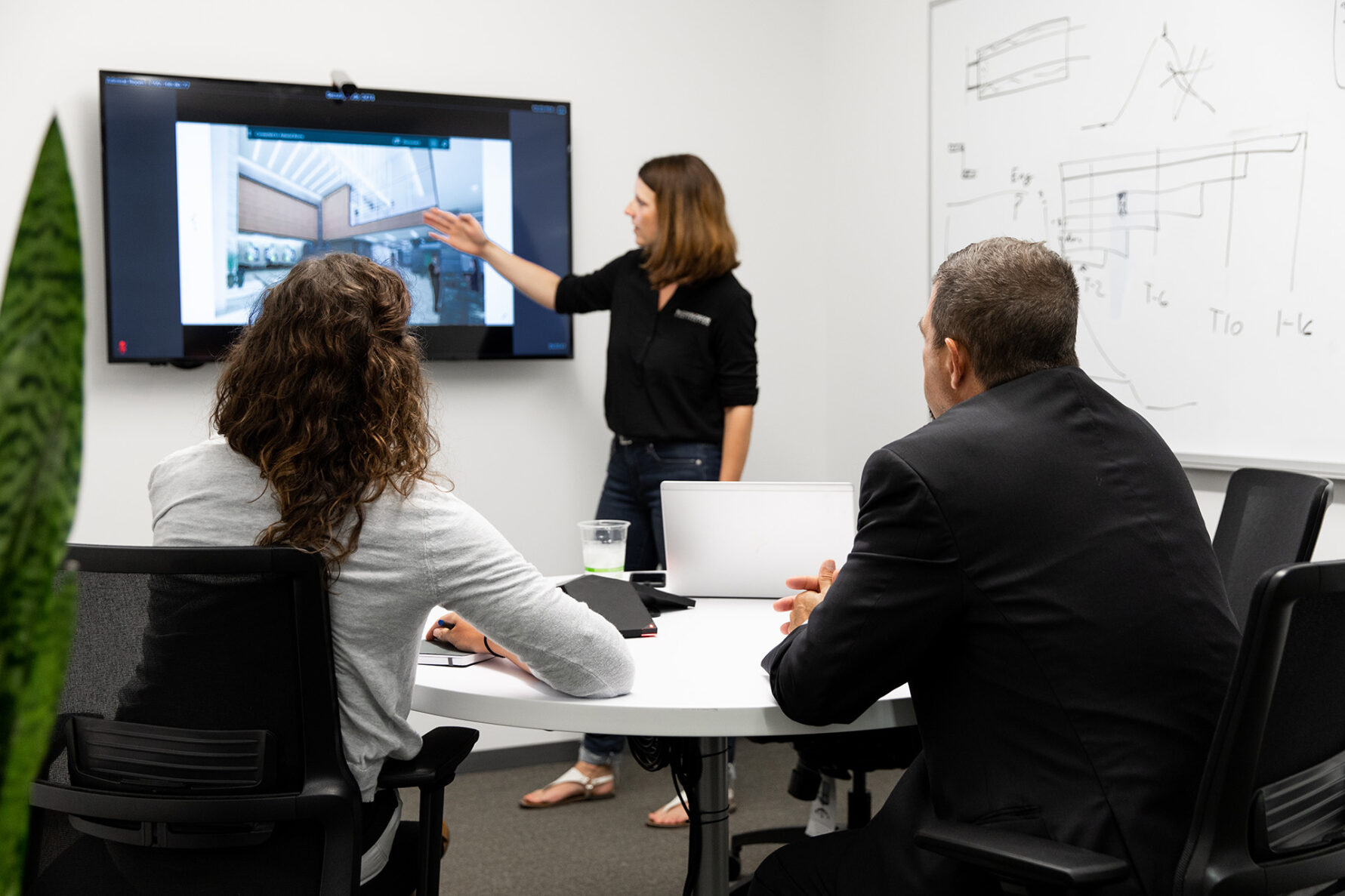Four keys to effective equipment procurement

Equipment is the life blood of a manufacturing facility. From tanks to mixers, from chillers to fillers and case packers, manufacturing clients rely on these complex pieces to develop and deliver their products to consumers.
So, how do you make sure your major manufacturing equipment is delivered at the right time during the design and construction of your new or renovated facility? Procurement (ensuring the parts and pieces are onsite ready for installation) is key to any project, but with the complex nature of manufacturing equipment effective equipment procurement is even more of a necessity. Without it, clients have seen rushed installation, improper integration that results in an inefficient product line, or even major construction and startup delays that deeply affect the bottom line.
Our team of manufacturing experts has developed a few key tenets for effective equipment procurement that can help you avoid these costly failures.
1. Insist on transparency
Whether you want to see all the nitty gritty details or prefer to helicopter up and just see the big picture, your design-build partner should tailor communication based on your needs. Open communication gives you the peace of mind that vendor calls, contract negotiation and document reviews are being done correctly and honestly. As a client you should expect and insist on transparent communication in all fees and costs. Ask questions, review status documentation, request to be on vendor calls. Your design-builder is spending your dollars to engineer and construct your manufacturing facility and as a client, you have the right to be as informed as you want. If your current partners aren’t operating in an open and honest way, they could be hiding something, and you should recognize this as a red flag.
2. Be flexible
Each project is different and each one’s equipment options should be analyzed to determine what is best for the product, the facility and the owner. The right design and construction partner should take an in-depth look at the owner’s process and needs and compare the various equipment systems based on those goals. Questions they should ask include:
- What is the best equipment for the process?
- Are there different vendors to consider?
- What level of automation is needed in this facility?
- Should the owner, integrator or design-builder purchase the equipment?
- Do any of these entities have better buying power?
- Which contract structure is appropriate?
- Can the design-builder offer better payment terms?
- Does one entity “holding the papers” provide better leverage over the vendor in the event of an issue?
Each of these questions brings more clarity to the benefits and drawbacks these choices bring and should be discussed at the start of the project to ensure the most value for the owner. Being flexible in your approach can result in a much better process.
3. Consider refurbished or relocated equipment

New equipment isn’t always the right option. Owners should expect their design-builders to provide extensive analysis to compare equipment attributes against first costs, schedule (lead times), operations and maintenance costs and the overall goals of the equipment center. Questions to ask during the analysis include:
- What is the cost of the equipment?
- What is the return of investment on the equipment (ROI)?
- Is the used equipment set up to meet the needs of my product or will there need to be changes made to the equipment?
- How significant are these changes or is it as easy as a new set of change parts?
- What is the status of the used equipment?
- How old is the equipment?
- Does the equipment follow the current safety standards?
- Does the equipment need to be refurbished?
- What is the cost of the refurbishment? (Sometimes it is more than buying new equipment).
- What is the lead time of the new equipment vs refurbishment?
- What are the risks of using the refurbished equipment vs the potential cost savings?
These educated questions from your design-builder can help determine the right solution and what may seem clear at the start of the project may not be the best choice in the long run.
4. Choose a partner that understands the market
In today’s market, owners need a design-build partner with a pulse on the market. Understanding how supply chain issues and inflation are affecting the construction industry can inform the best timing is to buy your specialized manufacturing equipment. Macro-level construction economic analysis helps owners maximize their dollars and time equipment procurement to benefit the schedule and budget of your project. McCownGordon provides a quarterly construction economics report that analyzes the major construction market economic indicators. Our report synthesizes the information illustrating trends, key areas to watch and strategies to mitigate the market that have helped clients plan and execute design and construction projects.
Download our Construction Economic Report
As any manufacturing owner knows, successful procurement equals a successful project. At McCownGordon we keep these tenets at the forefront during manufacturing design and construction. Our procurement team performs their due diligence early in the design process to ensure the project remains on schedule and within budget.
Are you planning a project at your manufacturing facility that will require specialized equipment? Contact our manufacturing team to ensure your process runs smoothly.
Jamie Bailey; Director of Client Strategy, 405.208.9855; jbailey@mccowngordon.com;
Amanda Tran; Packaging Manager; 469.371.9824; atran@mccowngordon.com





